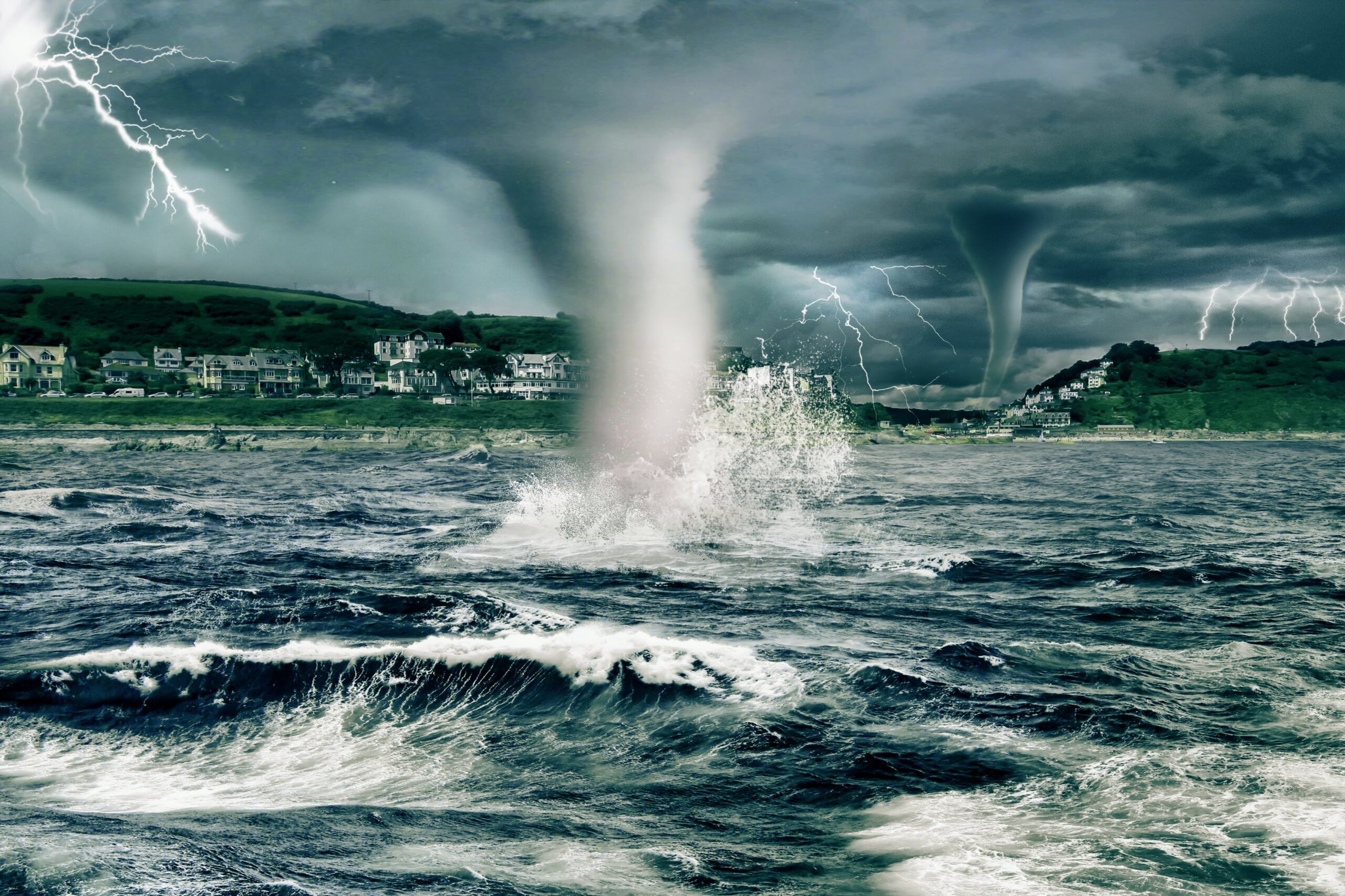
Researchers at the Indian Institute of Technology, Gandhinager, have found that the frequency of extreme weather events is expected to increase significantly due to climate change.
The study found that the fraction of the population and urban area exposed to sequential extremes will increase rapidly if the global mean temperature rises above 1.5 degrees Celsius from the pre-industrial level. Similar extremes occurred in Pakistan and India, with significant implications for agricultural production, public health, and infrastructure.
The researchers studied data from 1951 to 2020, focusing on heat waves in summer and extreme rainfall during the monsoon season. They noted that the area affected by sequential extremes is significantly higher during the positive phase (El Nino) than the negative phase. They also highlighted that India’s large population faces adaptation challenges due to severe heat waves in the summer and extreme rainfall during the monsoon season.
The study published in the One Earth journal found that the risk will increase significantly under the warming climate and variability in the El Nino-Southern Oscillation (ENSO), a recurring climate pattern involving changes in the temperature of waters in the central and eastern tropical Pacific Ocean. Mega-heatwaves occurred during the summer of 1995 and 1998, with 20% and 8% of the country being affected by sequential extremes.
The researchers noted that a considerable reduction in vulnerability by improving socioeconomic livelihood and infrastructure will be needed to maintain the same risk at higher global warming levels.
To read more such news, download Bharat Express news apps


















